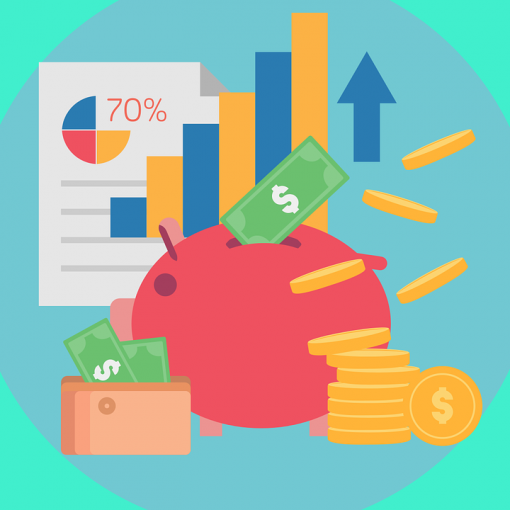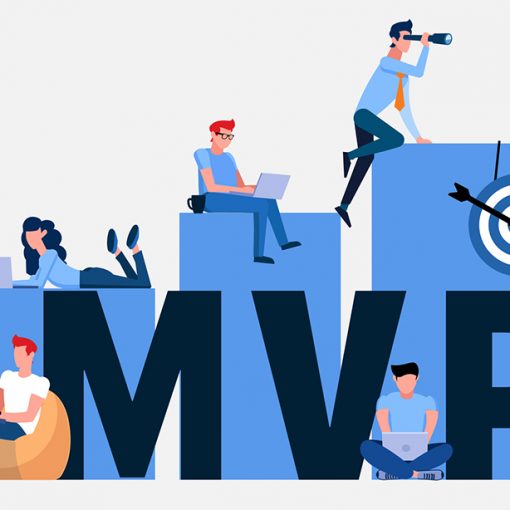This week you will build on the good work you started last week on market segmentation and selection to build a deep understanding of your potential customer via primary market research (PMR).
Before we begin: Bookmark these resources
Following are some resources that are particularly helpful during these few weeks in the accelerator.
- Lean Canvas: While we introduced both the Business Model Canvas (BMC) and the Lean Canvas during the bootcamp, the Lean Canvas is the one that is more helpful to most teams. We recommend you switch to the Lean Canvas and start filling that out every week as part of your weekly retrospective and planning ritual.
- Self-Guided Learning Center, Module 2: This module ties everything together from segmentation through market research to personas.
- Knowledgebase section on Primary Market Research: This section of our searchable knowledgebase contains a lot of information on how to do PMR effectively.
- Knowledgebase section on Minimum Viable Product (MVP) testing: This section of our searchable knowledgebase covers hypothesis testing including A/B tests.
What is primary market research (PMR) and why should you do it?
Primary market research (PMR) refers to customer research that you conduct or commission to build knowledge about a specific set of potential customers that you are interested in, and to answer specific questions that you pose. This is different from secondary market research, where you either do internet research to gather statistics or read analyst reports to build knowledge about market and business trends as well as the performance of particular companies and industries.
PMR is a core part of good product design and development practices and is the first step in design thinking (building empathy). It is even more critical for venture creation, because if you don’t understand the market and customer, you will frequently build the wrong thing and fail to solve their problem – which leads to a failed business down the line.
Talking to humans
When entrepreneurs start doing primary market research, they often start with sending out an online survey because it is quick and easy. While some research is better than no research, 99% of the time, it is better to start with qualitative research techniques such as detailed interviews rather than quantitative techniques like online surveys. When you don’t know what you don’t know, you can’t frame the right questions in the online surveys – but you can build knowledge and develop new mental models when you are talking to humans in an open ended fashion. Giff Constable’s book, Talking to Humans, offers a humorous and light hearted guide to good interview technique during this very early stage of discovery research.
Beyond detailed interviews
Detailed interviews is just the beginning. There are many more research techniques, such as observation/shadowing and more. Check out this article on the three go-to techniques for primary market research.
Once you have a good idea of who you are serving and what problems they have, and understand their needs and wants to first approximation, it is time to scale the research. You can either move on to quantitative techniques to get to a large sample size, or you can also crowdsource your research. Check out this article to learn more.
From data to personas
Once you have built knowledge from talking to humans, shadowing humans, surveying humans and so forth, you have the data to build personas – composite sketches of a hypothetical person that is typically based on data from 20-30 real life human beings. Hubspot has a great article about how to build a great persona. Personas are great for synthesizing the data you have collected into a succinct one-page description that you can use to communicate your customer to your team, your advisors, your investors and more.
While there are many templates that you can choose from, we recommend that you use a simple four-quadrant template to start with. This template makes sure you are clear on four things that matter:
- A picture, name and basic description of the persona so it is easy to remember
- Demographics
- Behaviors
- Needs and goals
Landing page tests and A/B testing
One technique that is very useful is digital experimentation especially for solutions with a significant consumer facing component. According to Optimizely, a Platform as a Service (PaaS) company, digital experimentation is “the reliable process of delivering winning digital experiences without guesswork or risk – and it’s shaping the cultures of the world’s most successful brands.”
Digital experimentation are particularly helpful for gauging early customer interest and purchase intent. Check out this article about how startups can use landing page tests to gauge purchase intent, run A/B tests and more.
With this data, please think carefully about where you want your business to be at the end of this 11-week journey, think about what business goals and milestones are the most important, think about what knowledge gaps you need to bridge to achieve these goals and milestones, and work backwards to create a program plan that helps you meet your goals. If you are not already using a task management software platform, use this project planning template to get started.
Thank you all,
Tina, Elaine, Adolfo and the Tufts Entrepreneurship Center team




